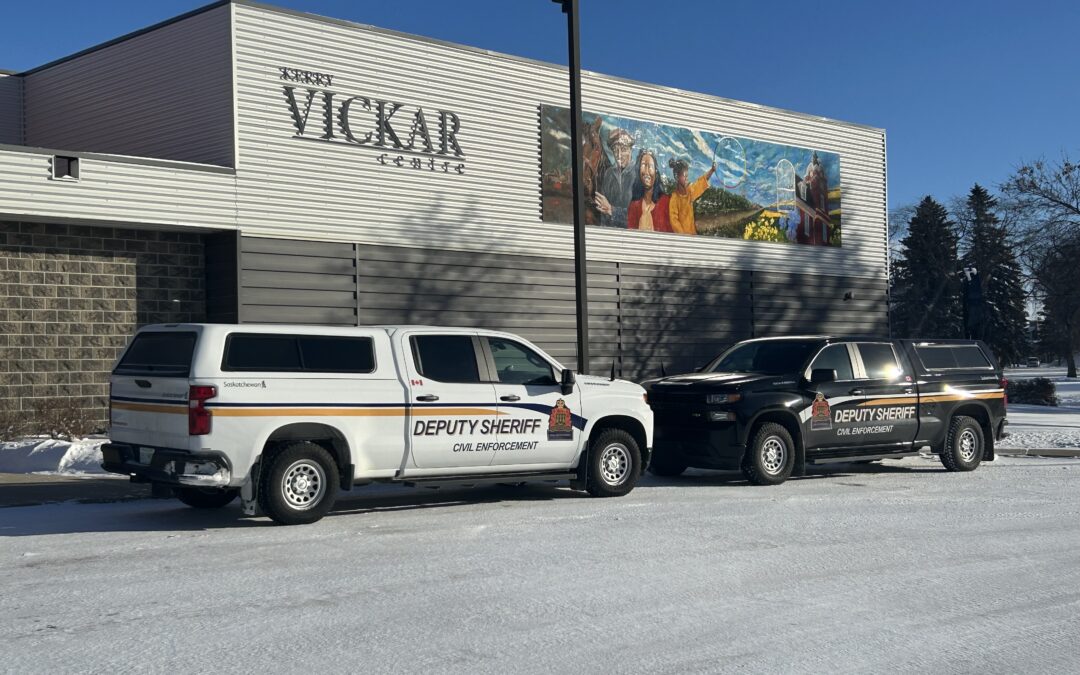The Coroner’s Inquest in to the mass stabbing on James Smith Cree Nation and the Village of Weldon is learning more about the federal parole system.
Cindy Gee, a district director for the prairie region for Corrections Services Canada (CSC), which includes Saskatchewan, was called to the stand Tuesday morning. During her testimony Gee spoke about some of Myles Sanderson’s time in the corrections system along with how he was denied early release in the form of parole. Gee as well testified about how Sanderson was granted statutory release, with conditions added by the parole board. The release was granted as Sanderson had served two thirds of his sentence.
“Statutory release is a right under certain legislation,” said Gee.
Gee said offenders can be denied statutory release if it is found they are a danger to the public. However, Gee explained the parole board blocking statutory release, a process referred to as detention, is not common. She added CSC prefers to release offenders from custody into the community so they are able to keep an eye on the offender.
“We’ve better ability to see how they’re making out,” she said.
The topic of section 84 of the Corrections and Conditions Release Act was brought up during Gee’s testimony. The section allows for Indigenous communities to be part of the process when an offender asks to be released to the community. Gee said when this happens information about the offender is shared with the community’s leadership. In Sanderson’s case no information was passed on to James Smith as that was not the location where he was released.
“As it turned out Myles changed his release plan to go live in Saskatoon with his dad,” she said.
On cross examination Chelsey Stonestand, who is representing the family of Gregory and Bonnie Goodvoice-Burns, asked Gee about why Sanderson was approved to live at his father’s house in Saskatoon given that Sanderson had told prison staff that his father had been abusive towards him as a child. Gee told the inquest the decision was made as Sanderson’s father said he was committed to helping his son and that the two had worked to improve their relationship.
“His dad had apologized to him,” she said.
Parole officer takes stand
The inquest as well heard from Sanderson’s institutional parole officer, who supported him while he was serving his sentence at the Saskatchewan Penitentiary in Prince Albert. Jessica Diks took the inquest through much of Sanderson’s time in the penitentiary. She said when she first came into contact with him he was hostile and felt hard done by the corrections system. Over time Diks said Sanderson became less hostile.
“His presentation changed significantly over time,” she said.
While she noted some improvements, Diks said she noted there were some issues. Specifically, that Sanderson was approved for transfer to the Pathways Range at Saskatchewan Penitentiary, which provides a variety of supports, including cultural ones to Indigenous offenders. She added the range would have provided programming which she felt would have been beneficial, however Sanderson declined the move.
Diks said Sanderson’s refusal of the transfer to the range indicated to her he was not highly motivated to truly change.
“My impression is (he refused) because he didn’t want to be told what to do,” she said.
While she was serving as his institutional parole officer, Diks recommended against Sanderson being given parole, both day and full, due to the fact she observed he still needed support to address his risk of offending. When asked about Sanderson’s criminal record she said for a violent offender of his age, his record did not make him stand out.
“Mr Sanderson’s record isn’t particularly remarkable,” she said.
Parole Supervisor explains suspension
The inquest as well heard testimony from the parole officer supervisor for the Saskatoon office, who was responsible for overseeing Sanderson’s direct parole officers. Linda Flahr, testified Sanderson was classified as needing intense monitoring in the community.
When he was originally released on statutory release in 2021, Sanderson had his release suspended when it was found out that he was living with Vanessa Burns and his children in violation of his release conditions. Flahr said they found out about the breach when Burns reached out to them via text message.
“She had indeed been living with Mr. Sanderson since Oct. 1,” said Flahr when mentioning the message.
Flahr explained the decision to issue a suspension warrant was made when a parole officer phoned Burns and spoke to her, Sanderson could be heard yelling in the background which caused them serious concerns for her safety and the safety of her kids. When Sanderson was told about the warrant he turned himself in to police in Saskatoon.
After the revocation of his release, Flahr said it was recommended to the parole board that Sanderson’s release be revoked. However, the parole board disagreed and ordered Sanderson be released with more stringent conditions. Flahr said it is not unheard of for the parole board to disagree with the advice of parole officers on such a manner.
“It occurs now more than it did, five, six year ago,” she said.
After Sanderson was released he was given a new parole officer and was again set to live with his father in Saskatoon. Flahr said he was compliant for the most part, and had a technical breach when he saw one of his children without getting prior approval of his parole officer.
Sanderson’s parole officer was eventually contacted in May of 2022 by Vanessa Burns, who reported that Sanderson showed up at her apartment and forced his way in. Again a warrant was issued but this time he did not turn himself in to police.
When asked about Sanderson’s criminal record, Flahr said it did not surprise her.
“No, not really,” she said.
